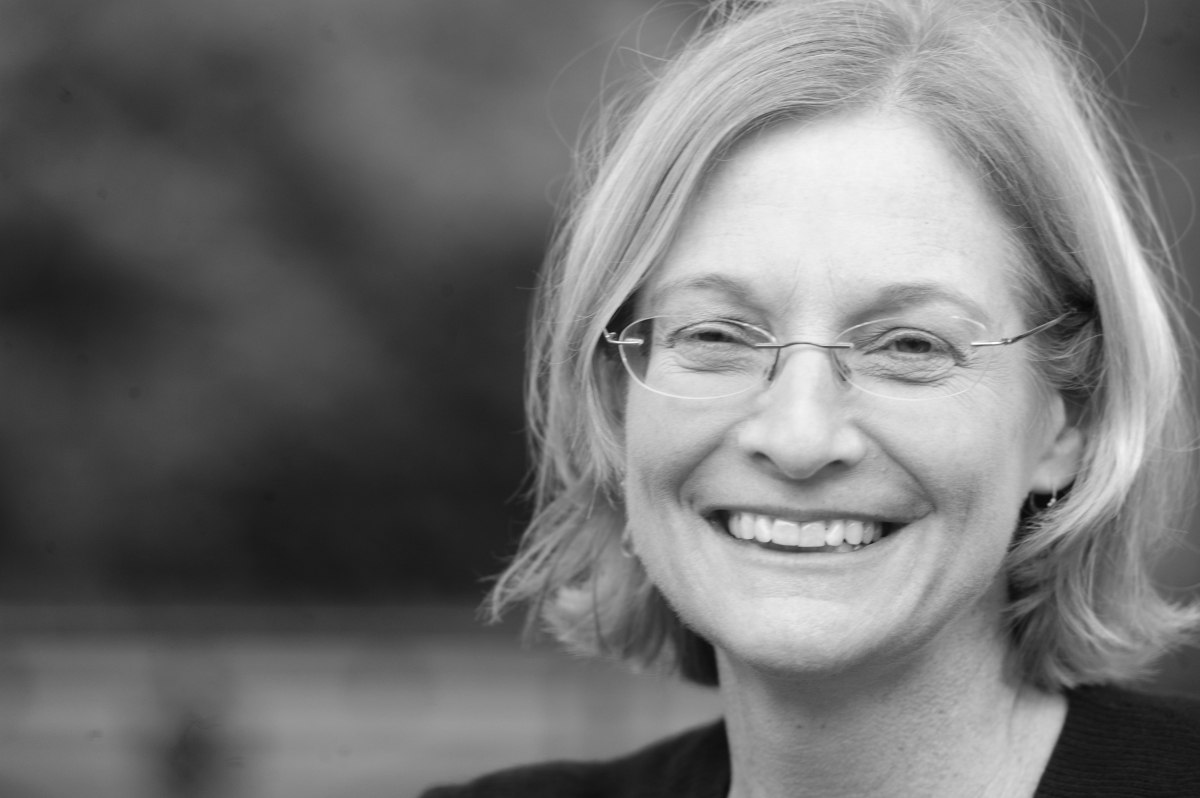Anxiety is a word that we use to describe a plethora of feelings - ranging from milder and transient 'keyed up' mindsets through to more long-lasting and unbearable states of panic. At the milder end of this spectrum, anxiety can be seen as a frame of mind that prepares us for action. At the severe end, anxiety is very debilitating, stopping us from relating to others, working, and doing the activities we enjoy.
In recent years, health practitioners and researchers have reported sharp increases in the prevalence of anxiety in the population, prompting headlines about a societal 'anxiety epidemic'. On the basis that our understanding of anxiety is actually quite patchy, a research team at the University of Cambridge recently reviewed existing studies of anxiety Remes et al., 2016 . Their results showed that four in every 100 people experience serious forms of anxiety and that the groups most affected were young people, women, and those with chronic health conditions.
Reading the burgeoning literature on anxiety, there seem to be two main explanations about why we experience anxiety. One is that anxiety is on the increase because of the way our lives are now lived at such speed, in an increasingly competitive environment dominated by technology, and riven with fears about increases in violence and terrorism. The second explanation is that being anxious is an inherent part of the human condition--a 'side effect' or 'over-dose' of being self-conscious, and if we are experiencing severe anxiety, it can be a sign that we are being troubled by an inner conflict that needs expression.
Both of these explanations are probably true. Anxiety is no doubt a part of the human condition, but is also being exacerbated by the increasing pressures in our society - demands that can create a discord between what we believe the world is telling us we should be doing, and what we really want to be doing with our lives.
If we understand anxiety as a symptom of some kind of deeper conflict within us, then we need some way of standing outside it, in order to understand what we are experiencing rather than just being gripped by it. One of the difficulties with anxiety, however, is that when we experience it especially in its more severe forms , the very last thing we feel able to do is to slow ourselves down, and begin to think about what is going on. Instead, anxiety provokes us to close down our reflective thinking capacity, and go into the survival mode state of 'fight' or 'flight'.
There is perhaps truth in the old adage "a worry shared is a worry halved" because the act of talking with another person about our anxieties, especially if they are knowledgeable and trained to do this kind of work, such as a therapist or clinical psychologist , we are often able to see aspects of it that otherwise remain hidden from view. Other practices that have been shown to help with anxiety include breathing techniques, mindfulness, meditation and yoga. There are also many self-help books written about ways of coping with anxiety written by people who have experienced it themselves.
A link between these various practices and techniques is that in all of them, anxiety is viewed as something to be explored and understood better, rather than simply a state to escape from. In other words, without minimizing the pain and debilitating effect that anxiety can have upon us, we also need to be aware that it is a symptom which calls us to investigate and explore the pain or conflict within us, in order to gain a deeper understanding of our self and how we want to live our life.
Remes, C. Brayne, R. van der Linde, L. Lafortune. A systematic review of reviews on the prevalence of anxiety disorders in adult populations, Brain and Behavior, 2016; 6 7 , e00497, doi: 10.1002/brb3.497

